News and Announcements
Volume 6 Issue 3 2025
Order by
Latest time
REVIEW
Nanoformulation-assisted early diagnosis of prostate cancer: Advances and perspectives
Zhiyuan Zhou,
Mingyu Chang,
Jingcheng Lyu,
Jianhua Zhao, ... Boyu Yang
54 Download 966 Views

REVIEW
Design strategy primer for organ-on-chips
Ting Cao,
Peicheng Xu,
Chen Yang,
Yu Chen, ... Fangfu Ye
50 Download 1446 Views
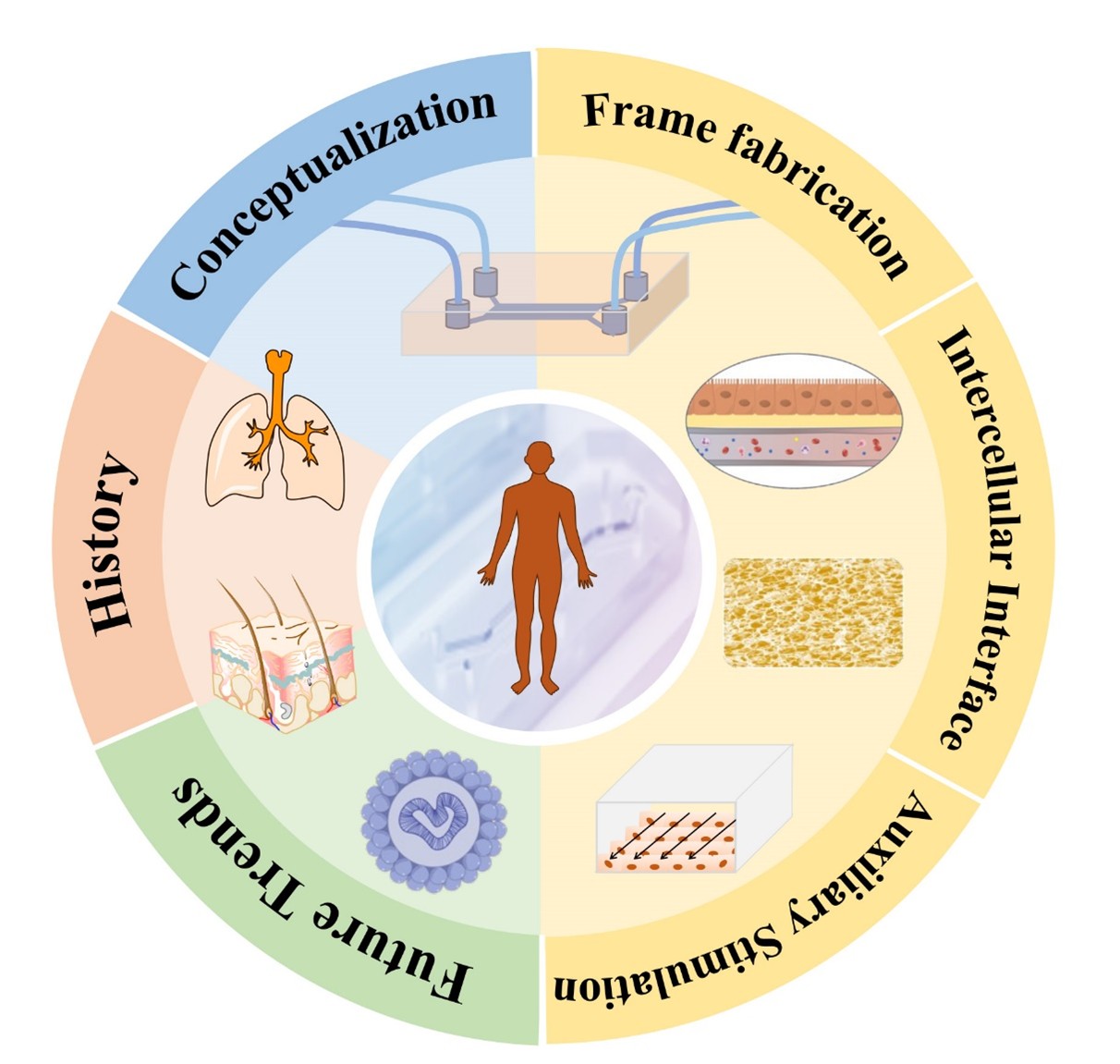
REVIEW
Engineering strategies and biomedical applications of bacterial extracellular vesicles
Xuying Liang,
Qianbei Li,
Lei Zheng,
Bo Situ
42 Download 726 Views
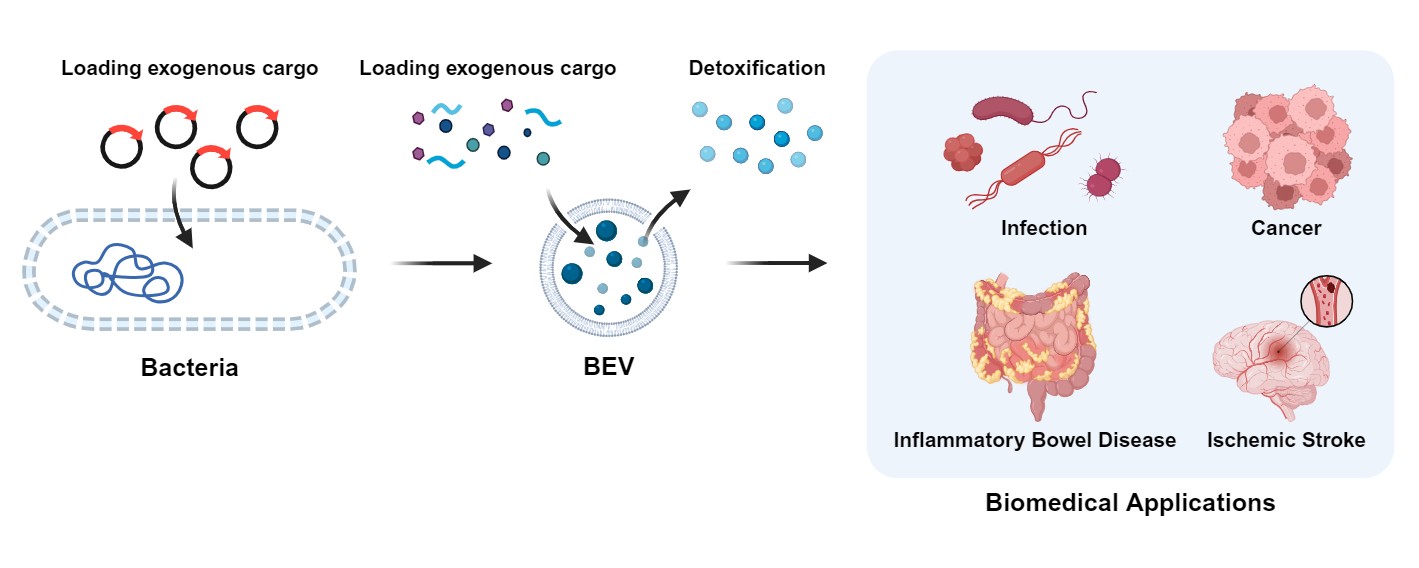
REVIEW
m6A in bone homeostasis and related diseases
Bo Ma,
Junyu Su,
Yuanchao Zhu,
Fengshi Zhang, ... Fei Yu
25 Download 957 Views
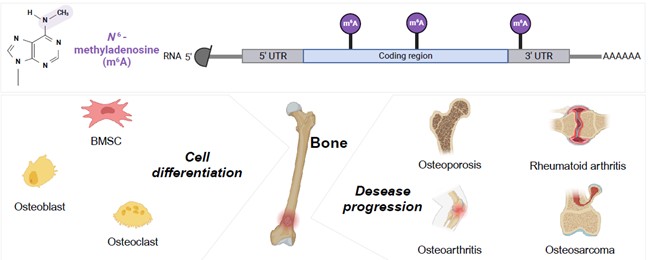
REVIEW
Electrostrategies in orthopaedic research
Jing-Cheng Cao,
Ze-Yu Shang,
Yi-Fan Zhang,
Hong-Zhi Lv, ... Meng-Xuan Yao
19 Download 804 Views

REVIEW
Therapeutic potential of natural polymer-based transdermal drug delivery system for musculoskeletal disorders
Yantao Zhang,
Guirong Wang,
Yan Zhou
30 Download 1394 Views
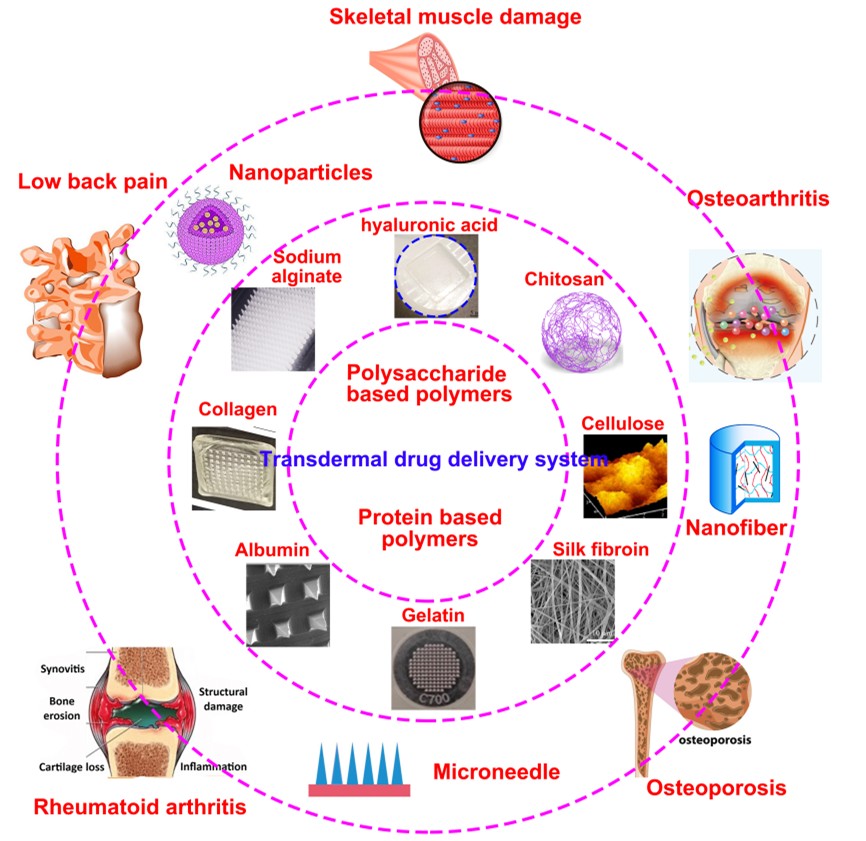
RESEARCH ARTICLE
Preclinical evaluation of aligned fibrin nanofibre hydrogels in a non-human primate model of spinal cord injury: A pilot study
Jia Yang,
Weitao Man,
Kaiyuan Yang,
Zheng Cao, ... Xiumei Wang
61 Download 1121 Views
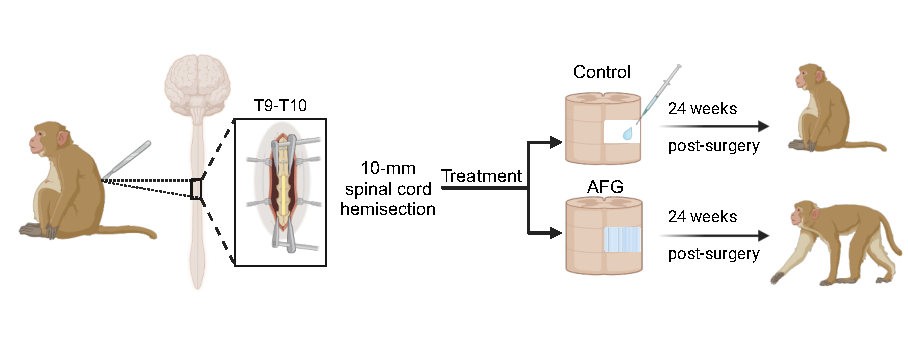
RESEARCH ARTICLE
The role of Wnt signalling in osteoporosis: A bibliometric analysis
Yanran Huang,
Runhan Zhao,
Zhule Wang,
Jingtao Xu, ... Jun Zhang
24 Download 741 Views
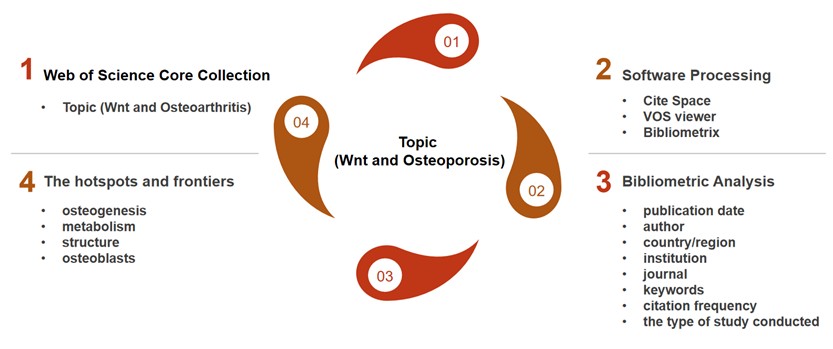
RESEARCH ARTICLE
Thiophene-based water-soluble C70 fullerene derivatives as novel antioxidant agents
Margarita Chetyrkina,
Pavel Umriukhin,
Elizaveta Ershova,
Elena Proskurnina, ... Svetlana V. Kostyuk
47 Download 901 Views




